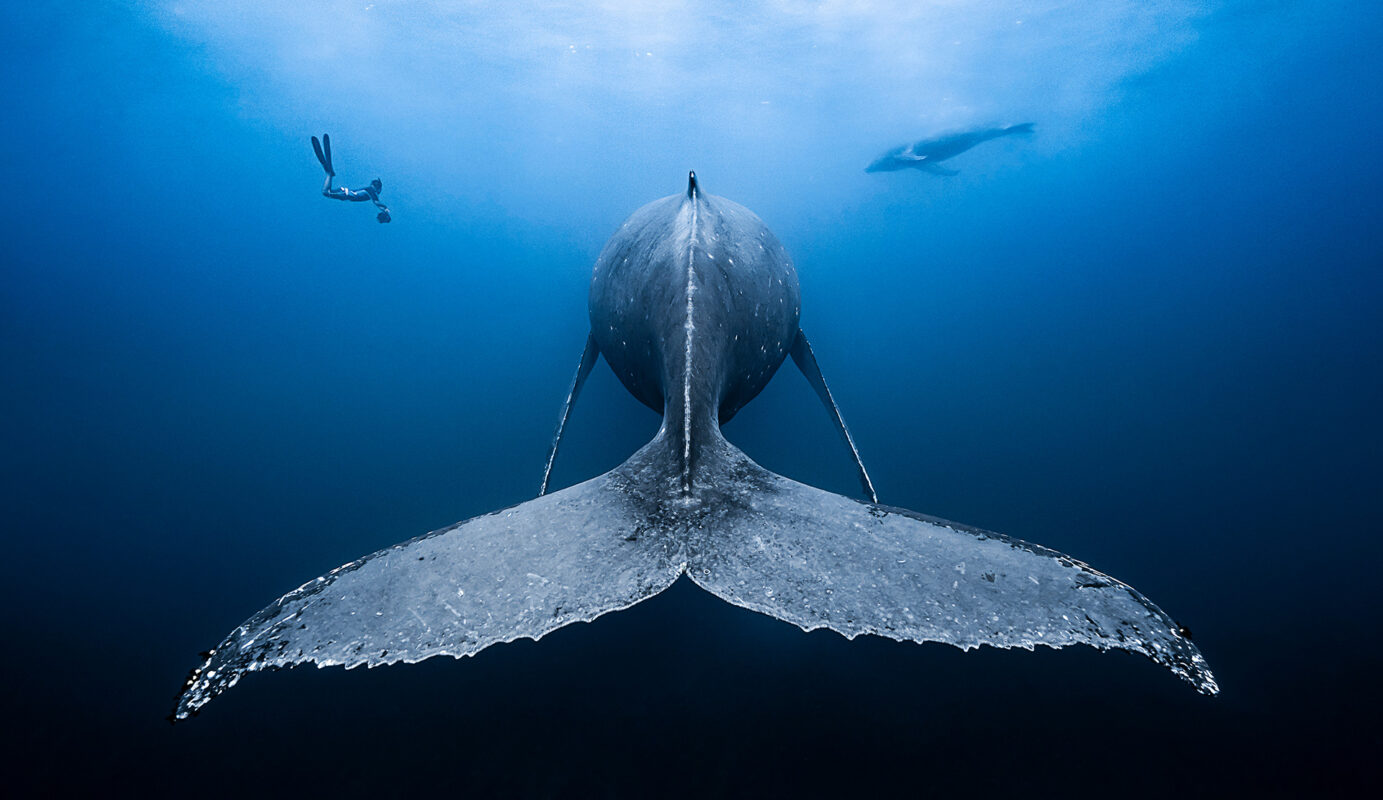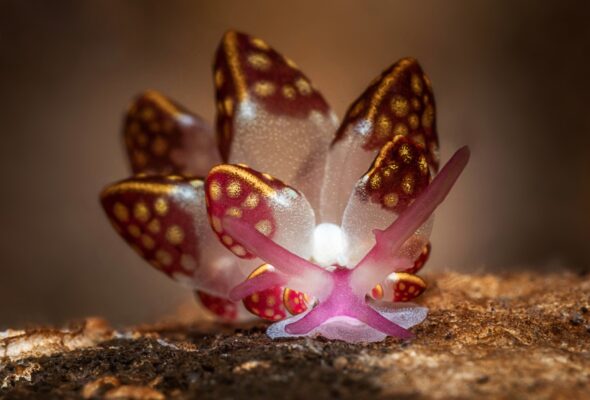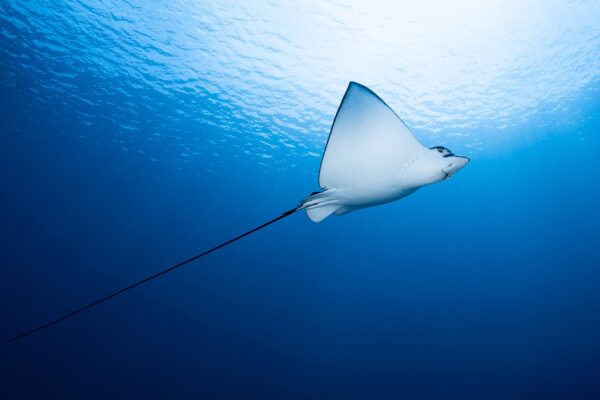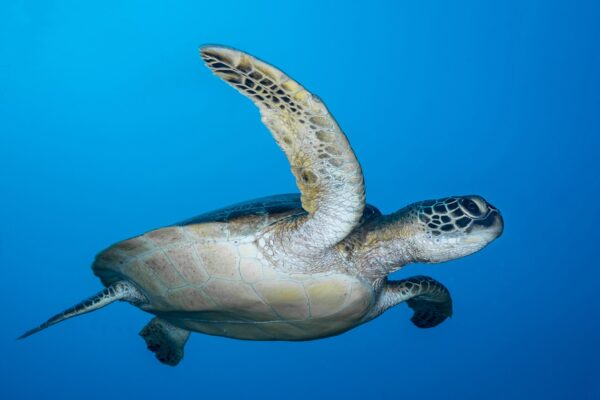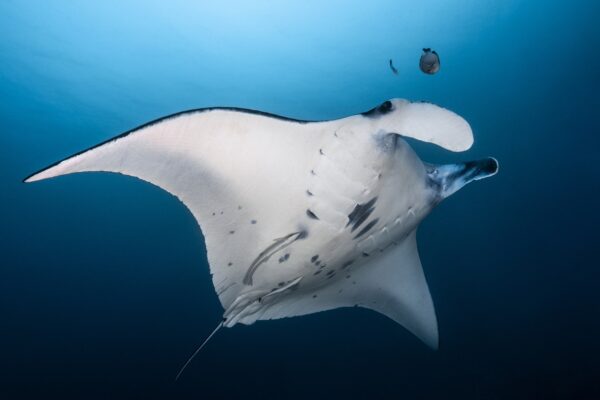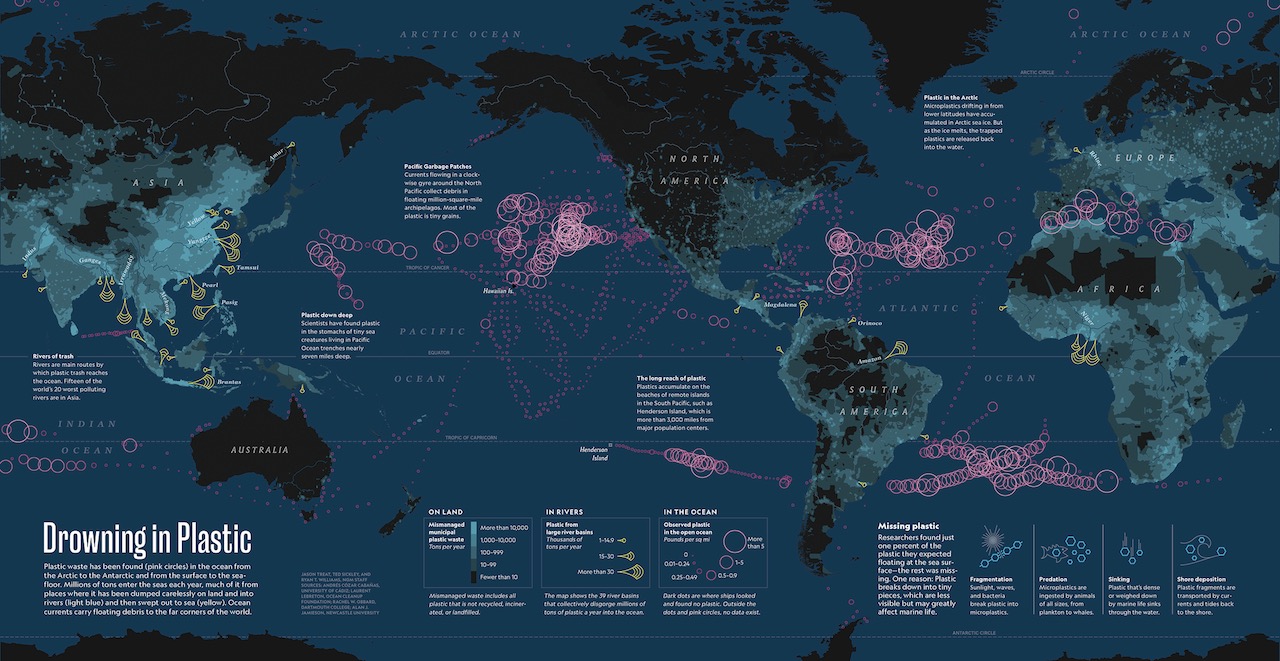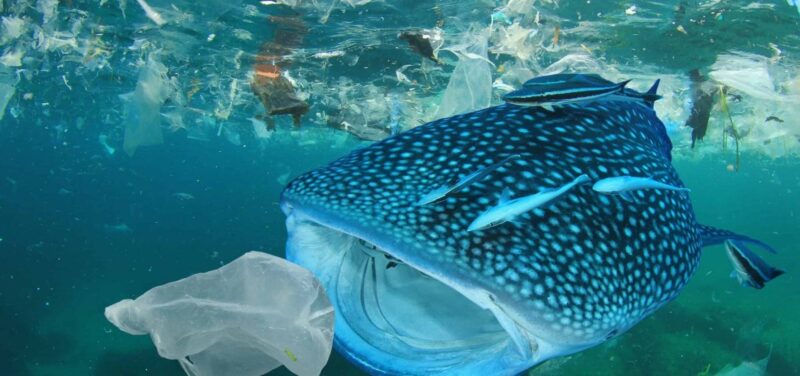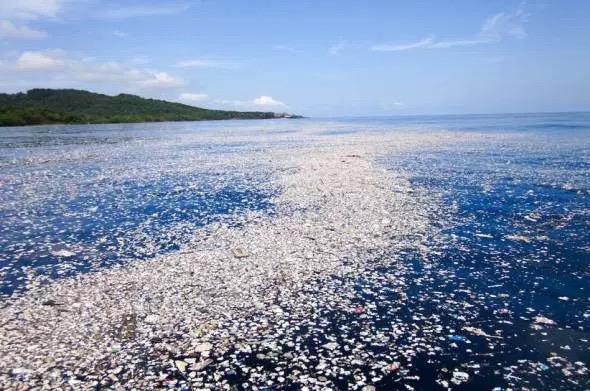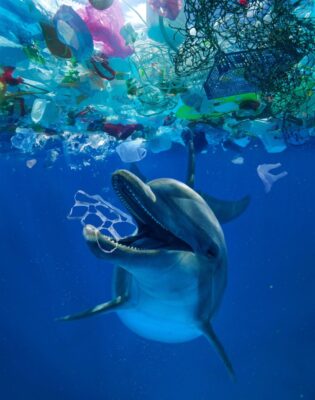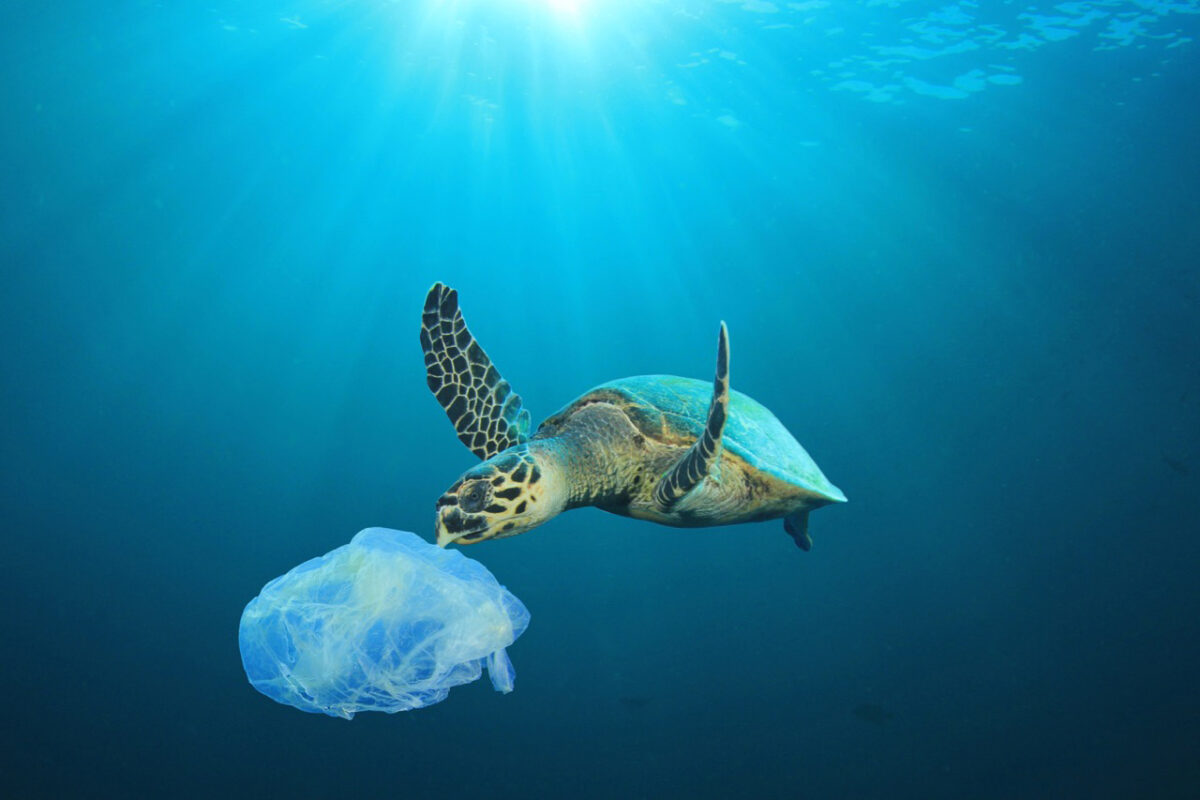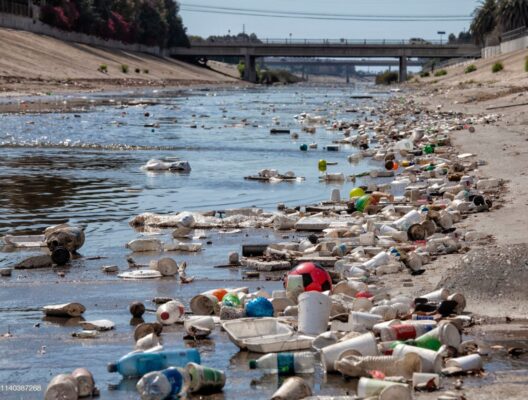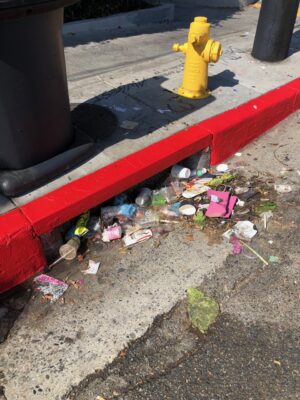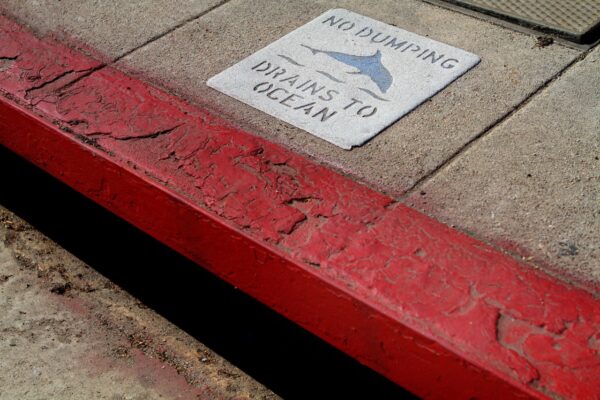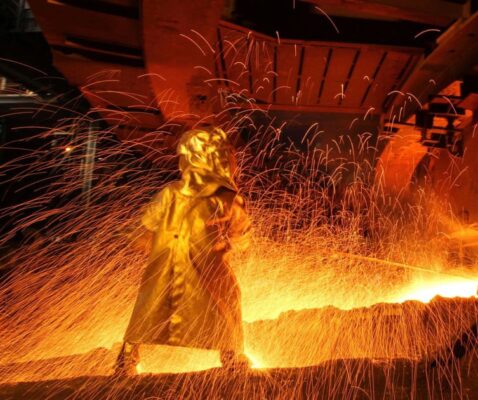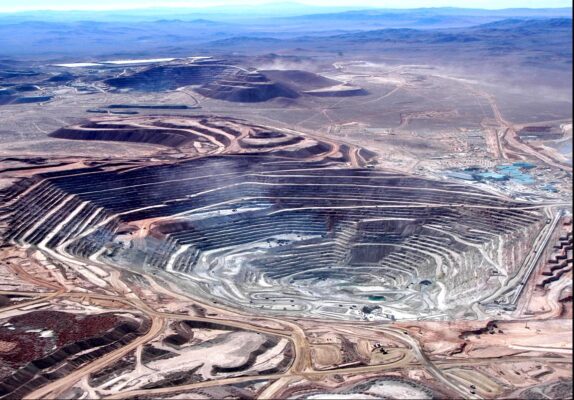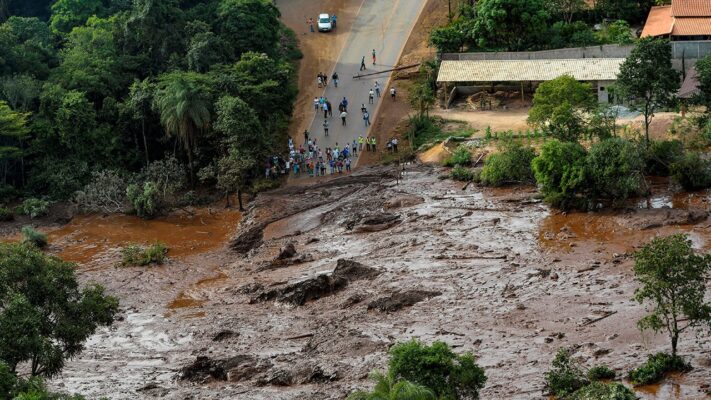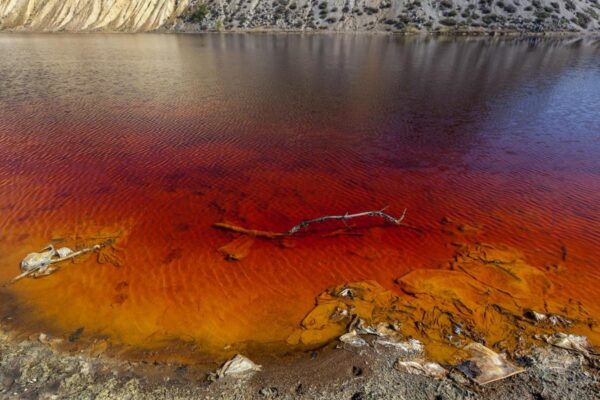A word from the founder.
In nature everything comes and goes in closed cycles, every living thing is connected and serves others even after it dies.
Humans used to be a part of this perfectly balanced ecosystem, only some remaining isolated native tribes in the Amazons, Indonesia and Papua New Guinea still are.
Exponentially growing populations and industrial development led to a lack of balance between taking from the planet and giving back.
We extract huge amounts of natural resources from the ground. Whether it’s fossil fuels, rock metals or plants. These elements are storing carbon in the soil that are released into our atmosphere by manufacturing consumer goods, causing a direct acceleration of climate change.
Today companies are starting to measure their carbon footprint on the environment due to their method of recovering raw materials, manufacturing, packaging, transportation and shipping to customers.
Unfortunately, some companies are claiming to be “carbon-neutral” or even “carbon-negative” by paying a company that plants a certain number of trees in their name. I think it is a good thing to plant trees. But these “baby-trees” will only start to sequester a significant amount of carbon 20 years from now. If we continue manufacturing the way we do, these trees will not grow in time to undo the damage.
I would never claim that Buoy is carbon neutral, every manufacturing process releases carbon into the atmosphere and if a company doesn’t aim for a circular economy with their products, meaning they don’t recycle their products, then they harm the environment in addition with their trashed goods.
The environmental impact of a product should be measured in 3 steps (Sourcing/Manufacturing, Utility, and Circularity):
1. Sourcing/Manufacturing
Where does the raw material come from? How was it extracted; mined, planted or harvested? How much energy, water, pesticides and fertilizers were used during the process?
Did it leave any damage to the environment after the extraction was abandoned? This would include waste-water lakes, devastated landscapes, cut down forests, destroyed topsoil due to monocultures, contamination of groundwater, rivers and oceans due to fertilizers and pesticides.
During further manufacturing, what is the measured or estimated release of CO2 or other greenhouse or toxic chemicals. Also, what was the consumption of water and energy? What was the use of toxic chemicals?
2. Utility
The usage of the product and which problem it solves. Does it replace single use packaging or products?
3. Circularity
Where does it go, can and (more importantly) will it be recycled?
While decomposing in landfills, will it release greenhouse gases such as CO2 or Methane?
Customers are very often misled by companies.
“We only use sustainable materials”
“Bio-plastics decompose in x-amount of time”
“Hemp-plastic will save the world”
“Our products are recyclable”
…I read every credible source. I have done a great deal of research, talked to specialists in different fields, and would like to share my knowledge about different materials and manufacturing processes and their impact on the environment with you on this website.
I sometimes contact those companies and ask them how I can recycle their product, where was it manufactured, what materials they use. Unfortunately, very often the answers are not satisfying.
Many people think that plant-based products, bio-plastics or bio-degradable plastics, are a good alternative. Unfortunately, there are many reasons against the use of natural fibers. We explain all that in detail here as well.
After 2 years of this research, I have come to the conclusion that the process of manufacturing with the smallest carbon footprint is to recycle plastic in a circular economy (closed loop). By recycling plastic, we reduce the carbon footprint by 80% compared to virgin materials.
We make sure that our products will be recycled again and again. Therefore we don’t mix any different materials together or add toxic additives to make the plastic transparent or flexible. We will talk on this website about the different plastics, their safety for the consumer and why we believe that this is the way to go.
In general, I say that “disposable” packaging is never a solution, disposable means trash.
We need to go back to the times where products were made to last and to be reused.
On this website we won’t show you too many horribly polluted beaches, floating plastic patches in the Ocean and dying marine mammals.
As a diver I have seen many beautiful reefs on tropical islands around the globe. Not many people can experience this and therefore I’d like to show you the beauty of the Oceans and what we have to protect at all costs.
The Oceans are our life support. Between 50% to 80% of the Oxygen we breathe comes from the Oceans. In order to secure human existence on this planet we have no other choice than to protect our environment and the world oceans.
We at Buoy don’t believe in finger-pointing: “The large corporations are responsible for all this.”
We are all sitting in the same boat and we are all responsible for our future and for the future of our children. Let’s not excuse our behavior by blaming others. I believe that we all can do our part in this, starting with the smallest things. Make the right choices: Don’t buy the cucumber that is wrapped in plastic; use a reusable mask; don’t use disposable gloves; rather, sanitize or wash your hands…. the list is endless.
And to be honest, it feels really good once you start changing little things like this in life. Every time I get my coffee in my reusable tumbler, it makes me feel good. Picking up trash on the beach or on the street might feel strange at first but believe me, it feels really good!
Let’s provide a good example for the next generation so they can do it all in a better way.
We just started our operations and are still building up this website so if you don’t find all the answers yet, please excuse us for this. We will do our best to complete all the important topics as fast as possible.
If you have any questions or see gaps in our coverage, please write us and we will promptly answer you and lean into it.
We will launch a Kickstarter campaign on September 22nd for our first product, a reusable water bottle. We would be more than grateful if you would be among the first supporters of our mission.
A percentage of the proceeds will go to different NGO’s that are active in ocean conservation, and also, to our Buoy-foundation that will finance our own direct actions in the field of river beach and reef- cleanings.
Thank you very much for your support!
Sincerely yours,
Rene Hallen

